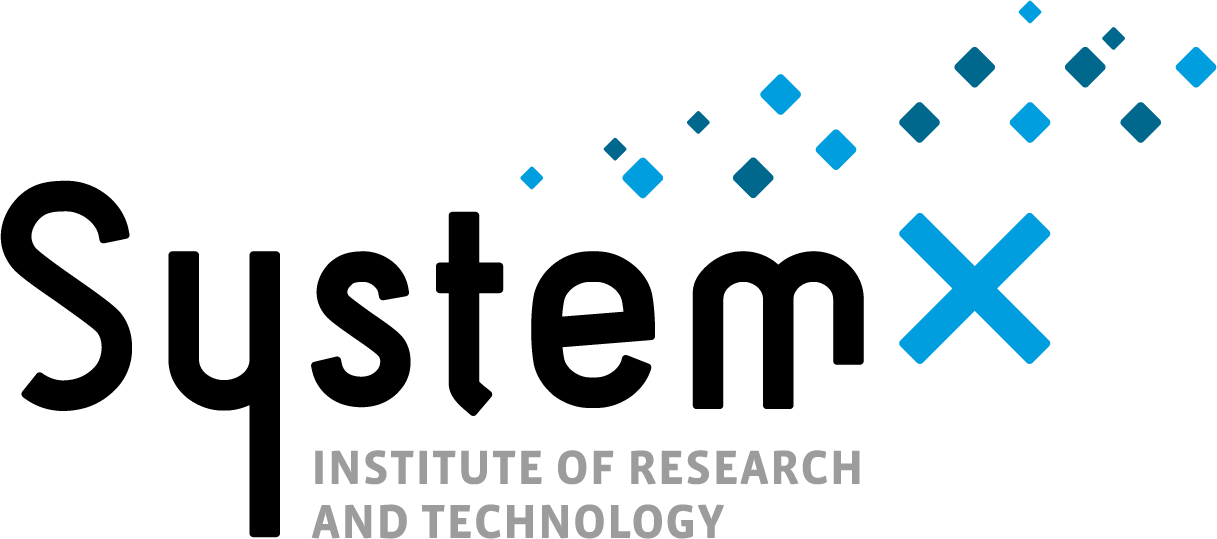
Topology optimization
OpenPisco is a research and development software devoted to topology optimization. Our structural design process supports grids, unstructured meshes and body-fitted meshes
Library and applications
OpenPisco provides a user-friendly GUI application (OpenPisco), a user-friendly command line application (OpenPiscoCL), and a Python library interfaced to state of the art scientific libraries and open source Finite Element softwares
A R&D framework
OpenPisco focuses on modularity, extensibility and interoperability, meaning easy replacement of a component by another. Besides, a user can easily plug in his own routines (mesh processing, optimization algorithm or custom criteria, Finite Element software) without modifying the source code. Most components used within the topology optimization process can be used independently
OpenPisco is an open source modular software devoted to topology optimization.
OpenPisco provides one library and two applications :
- OpenPiscoCL : command line application
- OpenPisco : GUI application
Our topology optimization method is based on an implicit modeling engine.

OpenPisco is mostly written in Python and is interfaced to open source state of the art scientific libraries :
OpenPisco offers an internal Finite Element solver and is interfaced to open source Finite Element softwares :
OpenPisco is currently developed by IRT SystemX and Safran Tech, the Safran Research & Technology Center (opens new window).
OpenPisco was initiated as part of the project TOP (opens new window) (Topology Optimization Platform), at IRT SystemX.
# BibTeX Citation
@incollection{nardoni2022r,
title={A R&D software platform for shape and topology optimization using body-fitted meshes},
author={Nardoni, C and Danan, D and Mang, C and Bordeu, F and Cortial, J},
booktitle={Mesh Generation and Adaptation},
pages={23--39},
year={2022},
publisher={Springer}
# Get started
For more information, read our complete get started guide.


